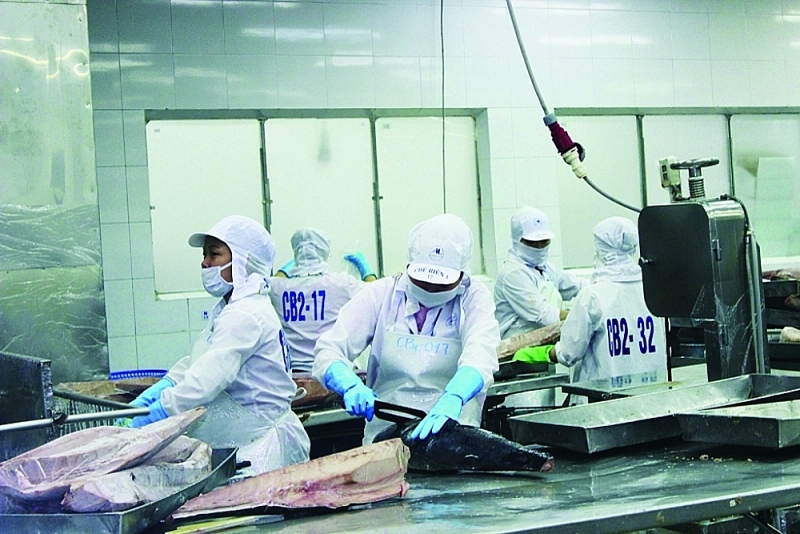
In order to achieve the target of growing agricultural, forestry and fishery exports from 2.8 to 3% compared to 2021, the agricultural industry needs to focus on boosting exports to major markets such as the United States, the EU, China, Japan and Korea.
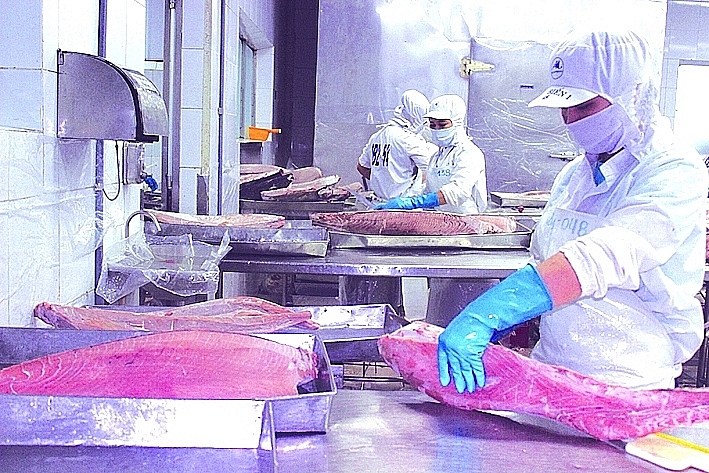
In the context of high inflation in many countries, FTAs are a favorable factor to help businesses increase exports. However, a representative of seafood exporters said that it is necessary to remove obstacles to rules of origin so that enterprises can take full advantage of the FTAs.
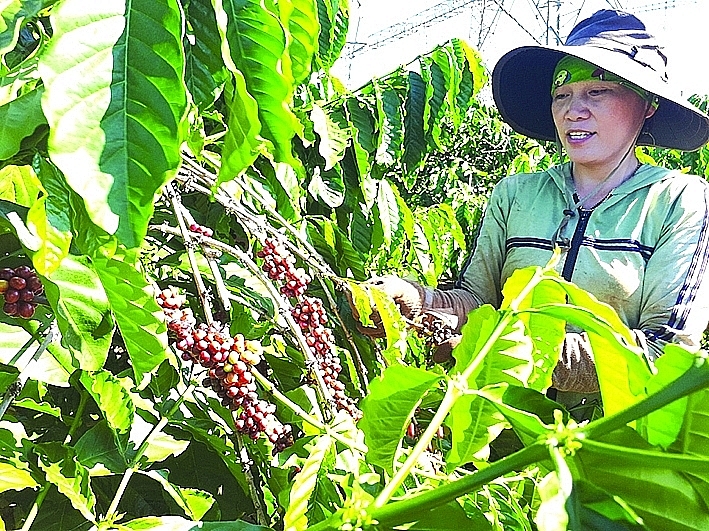
With the largest area in Africa and a large population, Algeria has been a potential market for Vietnamese goods. However, to be able to really promote exports to this market, Vietnamese enterprises need to overcome difficulties of remote geographical distance, high transportation costs and language barriers.
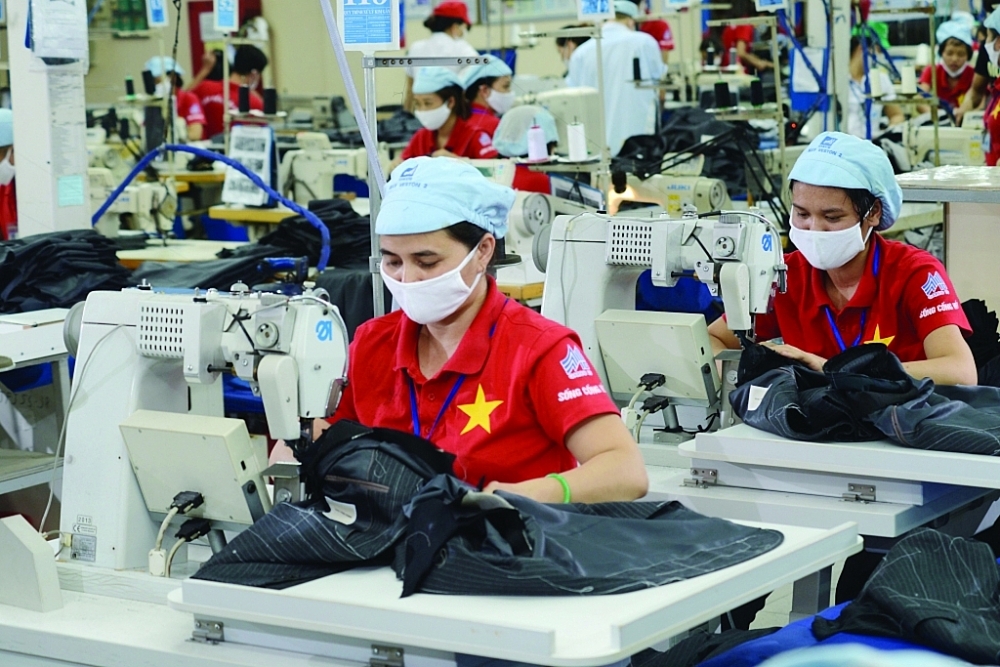
Recently the Vietnam - United Kingdom and Northern Ireland Free Trade Agreement (UKVFTA) has been an important "lever" to help Vietnam - UK trade turnover achieve significant results, despite the pandemic.

In order to integrate deeply and access large markets, businesses must meet the requirements of green and sustainable development across raw materials, production to packaging. This has forced Vietnamese businesses to "transform", adapting to increase opportunities to reach out.
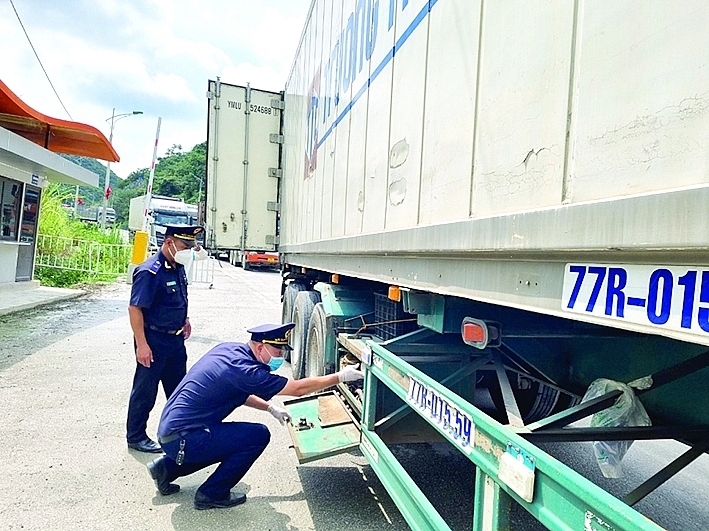
Despite many difficulties, in the first half of this year, Vietnam's goods export still grew by double digits, with a trade surplus estimated at USD710 million. However, the export situation in the second half of the year has many potential risks and challenges, forcing export industries to make reasonable calculations to minimize damage and reach their set targets.
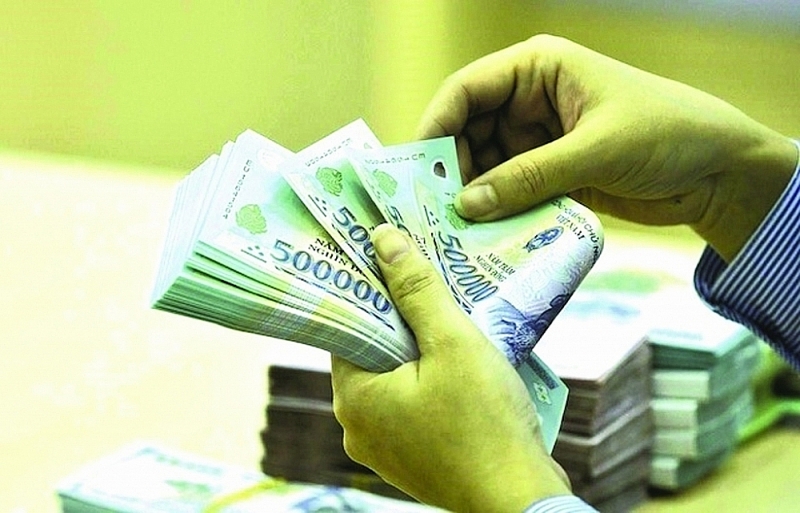
Many countries tighten monetary policy to cope with inflation andexpand credit to support the economy during the recovery period. This makes the management of monetary policy, including the interest rate issue of the State Bank of Vietnam (SBV), facing the problem of continued flexibility or tightening.
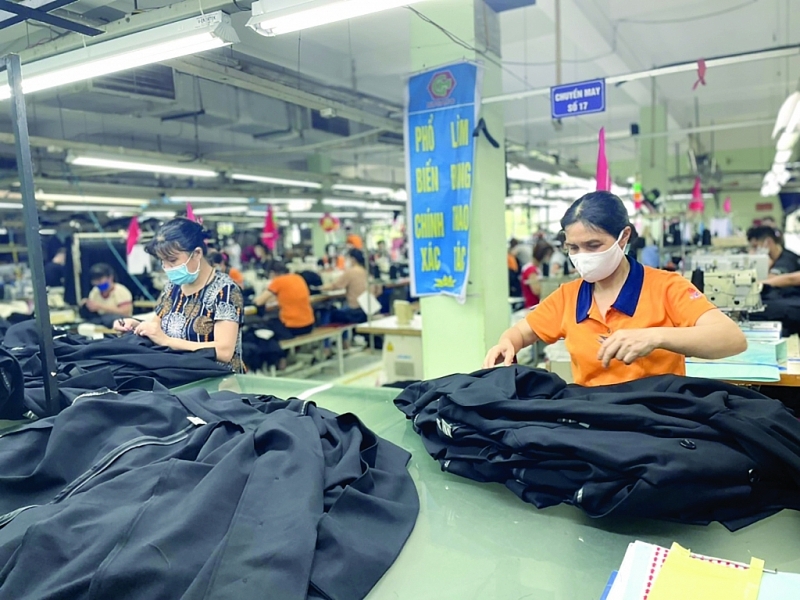
The American market has been recovering rapidly after the pandemic and opening many opportunities to promote the exports of Vietnam. However, we are facing four significant challenges.
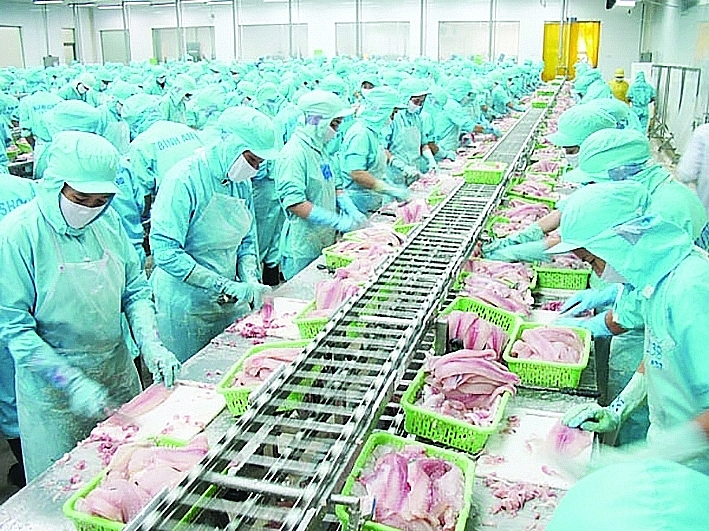
According to data from the Vietnam Association of Seafood Exporters and Producers (VASEP), seafood exports in the first five months of 2022 reached US$4.7 billion, up 44% over the same period last year. All markets achieved between 10%-90% growth and the average selling price increased by 10%-15%. Since March 2022, seafood exports even have continuously gained record sales of over US$1 billion per month.
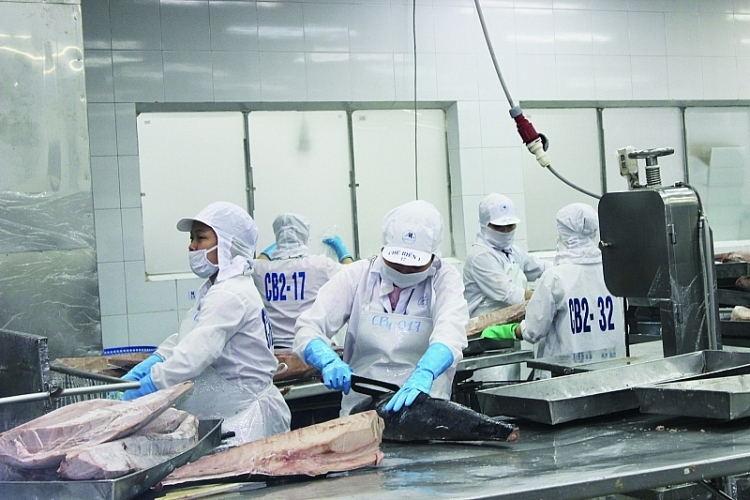
If the US Government removing some of the tariffs imposed on products, including tuna products imported from China, competition in the US tuna market will increase and many firms will face losing a market share to China, including Vietnamese enterprises.
| The site is done with the technical support of the project BWTO |